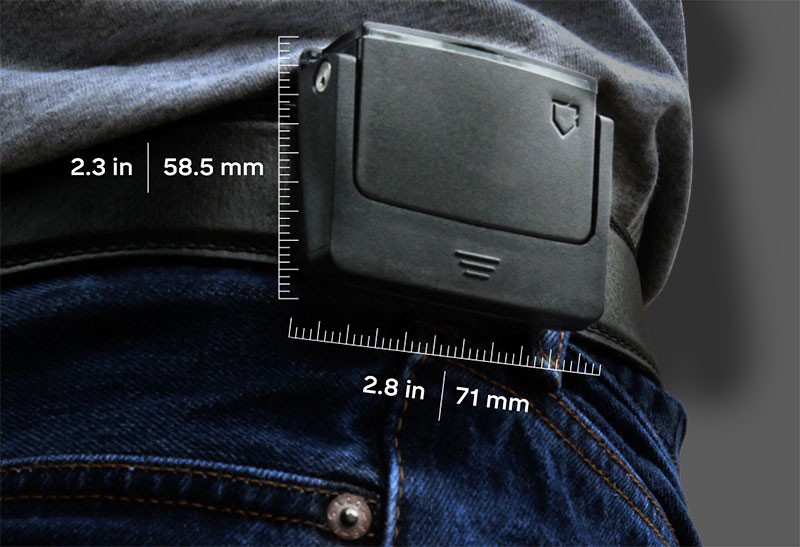As the industries demand more efficient and safer workforce, the use of the Internet of Things (IoT) has become more ubiquitous. From wearable clips to smart scanners, the use of wearable device is now a common thing among workers. Field service workers working in dangerous conditions are benefitting from the use of Augmented reality (AR) headsets, which allow them to view instruction manuals, use voice commands to perform tasks hands-free, and receive expert help remotely.
Read more Kinetic Raises $11.25M In Series A Funding to Help it Grow And Increase Sales
PepsiCo is one of the companies using wearable devices at a pretty good scale. The company is benefitting by outfitting its workers with wearable technology provider Kinetic’s REFLEX devices.
REFLEX is a smart wearable that aims to reduce workplace injuries for industrial workers. The wearable device attaches to a worker’s belt and monitors activities that put them at risk of injury, such as unsafe postures, jumping off vehicles, or slips and falls.
Besides helping the workers avert injury, the Reflex device is saving PepsiCo money by reducing worker compensation costs related to repetitive strain and other workplace-related impairments. According to Kinetic, claim costs can be reduced by up to 54% by using the Reflex device, reports David Miller in Automation World.
“Workers at companies like PepsiCo do a lot of lifting, a lot of manual handling, high-risk postures like twisting and turning. We’ve always done all of the traditional ergonomics work and trying to do as much as we possibly can. But there was always something missing; there was always that kind of behavioral element that we never really tapped right into to create a sense of ownership in the mind of the individual employee,” said Cormac Gilligan, VP of Global Environment, Health & Safety, PepsiCo.

To reduce injury during lifting, the device detects unsafe postures and alerts the worker with a real-time vibration. Workers can gamify the process by competing with their colleagues to stay under a certain goal of unsafe motions per day. Managers can then view insights and analytics on the company’s dashboard.
Read more KINETIC-JLG Partnership To Deploy COVID-19 Safety Wearables For Industrial Workers
“Integrating wearable technology with your workforce is going to be a fundamental part of future automation. What this technology gives you is predictive indicators in a way that’s step-change beyond what the traditional model of the safety industry we’ve spoken about,” Mr. Gilligan said.
“The employees are having conversations with us that are helping us to understand why, at a particular time or in a particular place, they have to adopt a high-risk posture, which helps us to redesign the work area or process. We were telling them what to do, and now they’re telling us what to do – that’s extremely powerful.”












